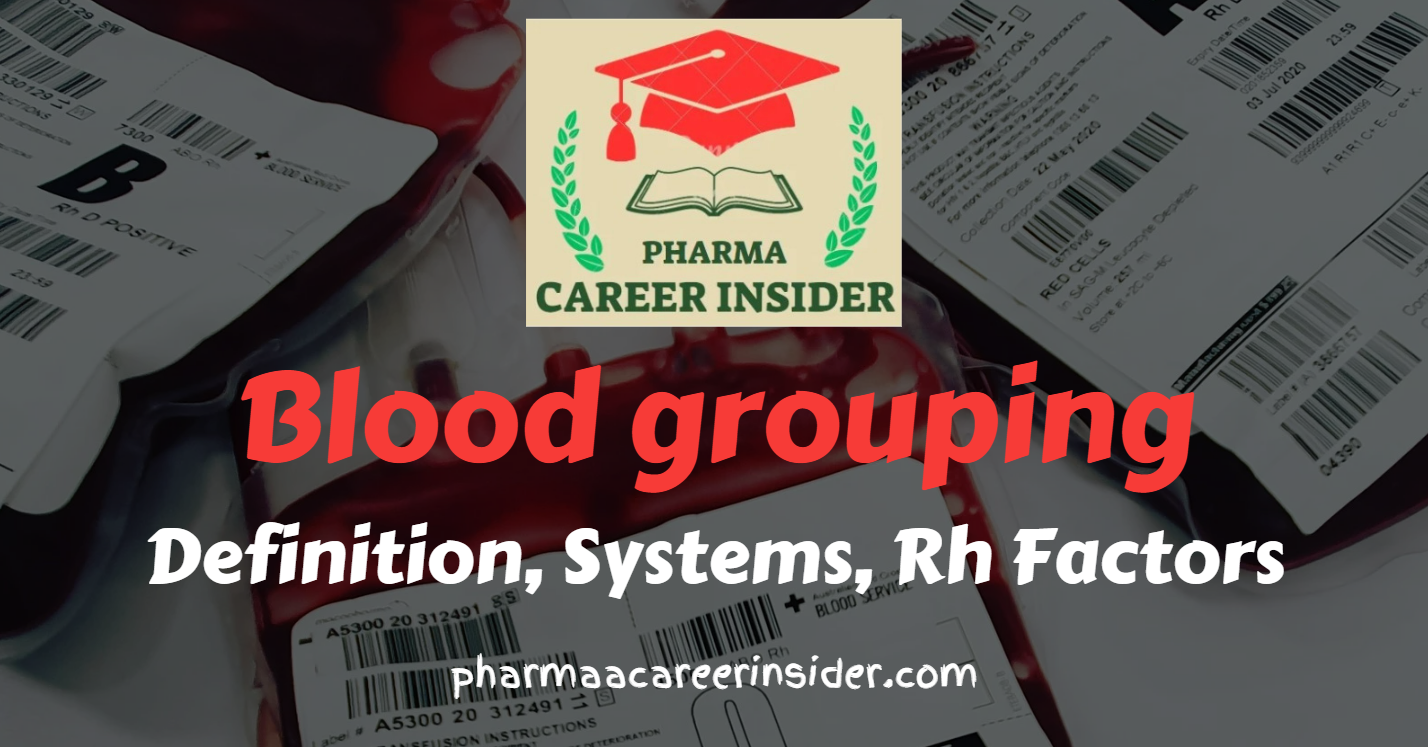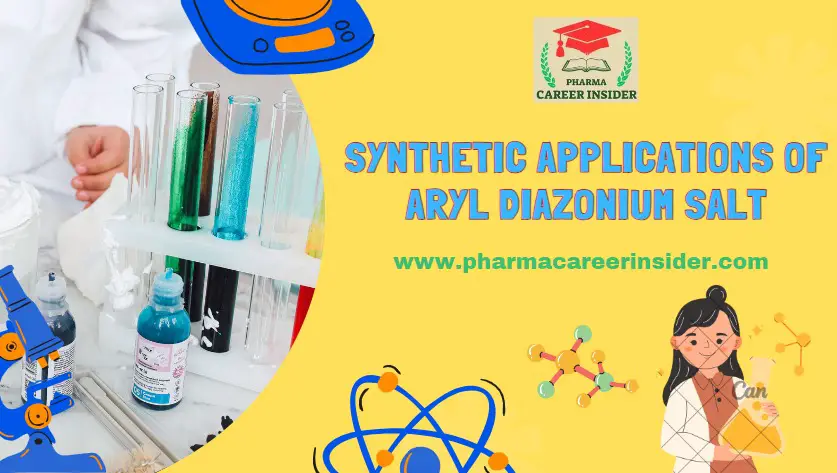Reticuloendothelial System (RES)
The reticuloendothelial system, now more commonly called the mononuclear phagocyte system (MPS), is a network of cells and tissues throughout the body that plays a crucial role in the immune response and removing foreign substances from the bloodstream. It consists of cells known as mononuclear phagocytes, including monocytes and macrophages, as well as other specialized … Read more









